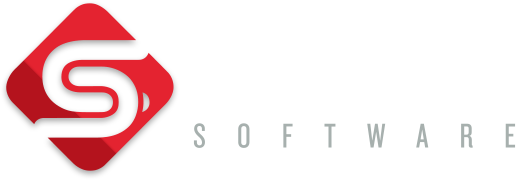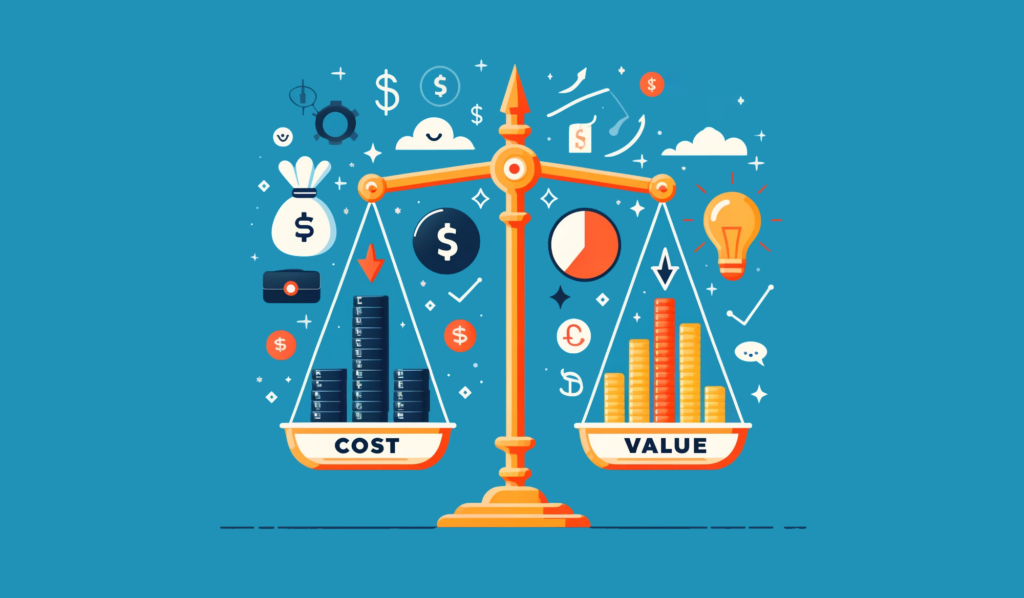It’s hard for businesses to understand where their investments are going and whether they will translate to business and customer value, especially when it comes to software development.
We all know that technology is the powerhouse for business change; nothing else can increase sales, reduce costs, and/or simplify/consolidate processes in such an impactful way. It’s no wonder that IT departments are under increased pressure to deliver game-changing technological solutions faster and more cost-effectively.
This ongoing and rapid change often leads to poorly considered, knee-jerk budgeting decisions based more on intuition than a clear understanding of the value to the business or customer.
Unfortunately, many budget decisions don’t work out and IT wastage is still one of the biggest drains on company budgets.
Against this backdrop, value stream management (VSM) is rapidly gaining traction within many medium or large enterprises as a way to track and optimise value and cost throughout software development cycles.
Now, OpenText has developed a world-leading solution family, ValueEdge, to make VSM implementation as easy as possible.
A Quick Primer On VSM
For those unfamiliar with VSM, it’s a set of principles and techniques that track and optimise the flow of value through an organisation, culminating in exceptional, high-value customer experiences.
You’d be forgiven for thinking that VSM is a new-fangled idea. However, it has existed for 70-100 years, maybe more.
Check out What is Value Stream Management? for more information on VSM.
What Happens Without VSM
Before we get into why VSM helps, it’s worth discussing how projects and businesses work in a non-VSM world.
Most non-VSM projects are made up of distinct teams, whether permanent or temporary. Regardless of the overall approaches in place or the amazing project atmosphere, these teams will always prioritise their own specific, timebound objectives.
In most cases, continuous improvement is abandoned, and people just focus on getting the job done.
Of course, this is an effective approach for delivering one-off projects. Still, it stifles long-term efficiency and makes value incredibly hard to track—teams are judged by their ability to hit deadlines rather than their overall contribution to delivering value. This is where VSM comes in.
How VSM Helps Deliver Value and Improvement
There are many parallels between Agile development and VSM.
With waterfall, projects were divided into functional teams, such as business users, developers, testers, etc. Then, along came Agile, which brought everything together into cross-functional teams, delivering specific outcomes designed to satisfy very specific user stories.
VSM has a similar ethos to Agile; bringing everyone together to focus on what is important.
Rather than working in isolated silos, cross-functional teams are responsible for tracking value throughout the end-to-end process.
VSM ensures that teams focus on delivering products that provide value to the business and customer rather than toiling away behind closed doors, working on superfluous functionality.
The ValueEdge Suite of VSM Tools
The main difference today is that in ValueEdge, businesses now have an affordable VSM solution within reach.
As mentioned at the top, OpenText has created a suite of tools to help businesses implement VSM.
This budget-friendly suite consists of the following tools:
- ValueEdge Strategy
- ValueEdge Agile
- ValueEdge Quality
- ValueEdge Functional Test
- ValueEdge Performance Test
- ValueEdge Release
- ValueEdge Insights
Rest assured, I’ll be exploring more of them in the coming weeks, but today, I’m focusing purely on ValueEdge Strategy and the game-changing benefits it can bring to your business.
How ValueEdge Strategy Helps With VSM
ValueEdge Strategy is fundamental in steering VSM initiatives. It allows businesses to align strategies to value streams and assess their cost and value. It does this through the following two modules:
- Corporate Strategy:
- Organise products and business units into value streams
- Define themes to support your corporate strategy, initiatives and KPIs
- Portfolio Management:
- Align current and proposed investments with value streams.
- Access portfolio dashboards to understand investment value and priorities
In addition to these modules, ValueEdge Strategy allows you to create workflows that capture business demand and map it to your portfolio. This allows you to assess the cost versus the value of proposed initiatives.
As with all ValueEdge solutions, ValueEdge Strategy feeds information directly into the ValueEdge Insights solution so it can form part of your overall VSM reports and dashboards.
Benefits of ValueEdge Strategy in VSM
By aligning business strategies with value streams, ValueEdge Strategy ensures that every investment and project directly contributes to the company’s overarching goals. This strategic alignment enhances transparency and ensures that resources are allocated efficiently, maximising ROI and value.
Specific benefits of ValueEdge Strategy include:
- Enhanced Visibility: ValueEdge Strategy offers comprehensive dashboards showing how investments align with corporate strategies, enabling better decision-making.
- Strategic Alignment: Organising products and business units into value streams ensures that all initiatives support the company’s strategic objectives and KPIs.
- Optimised Resource Allocation: The portfolio management module helps businesses prioritise investments based on their potential value, ensuring resources are directed towards the most impactful projects.
- Improved Agility: By bridging the gap between business strategy and execution, ValueEdge Strategy allows companies to respond swiftly to market changes and evolving customer needs.
Is ValueEdge Strategy The VSM Tool You Need?
Are you ready to transform your business with ValueEdge Strategy? Contact us to learn more and request a demo.
Stay tuned for our upcoming posts, where we will explore other tools within the ValueEdge suite and how they contribute to a successful VSM implementation.


















